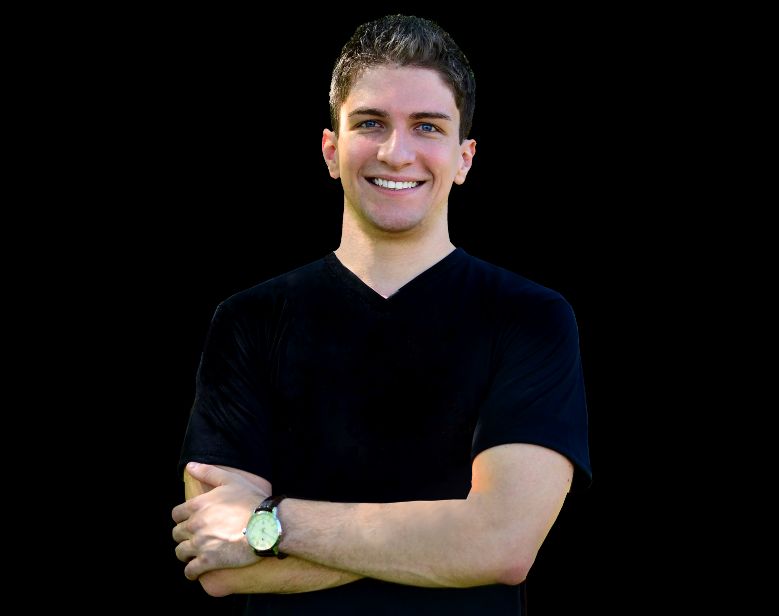216 reads
The IoT At A Glance
by
May 3rd, 2022
Audio Presented by

Winning every day with a new learning or discovery! Sharing some interesting things at williammeller.com
About Author
Winning every day with a new learning or discovery! Sharing some interesting things at williammeller.com